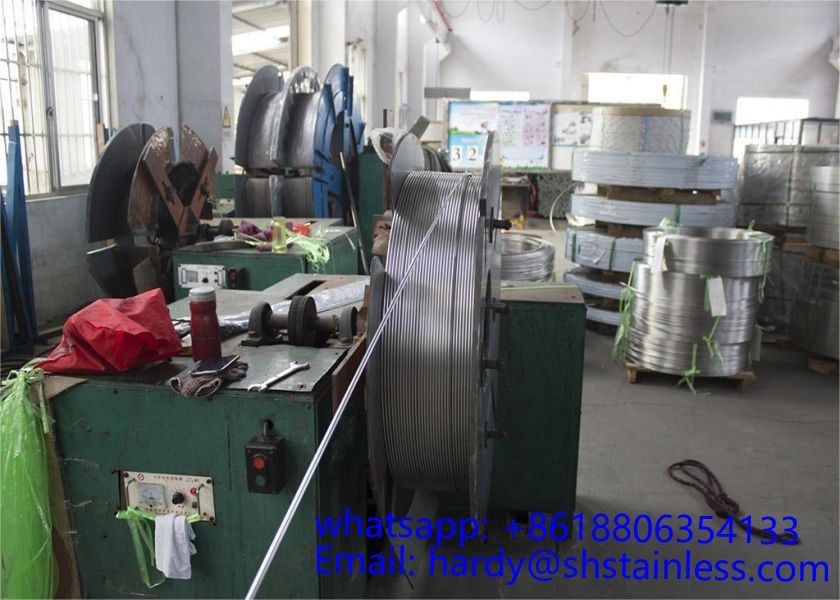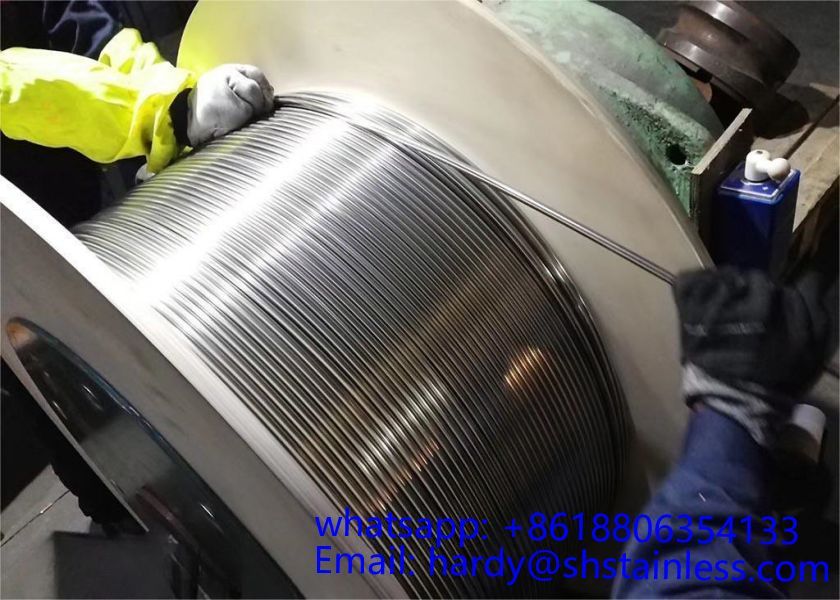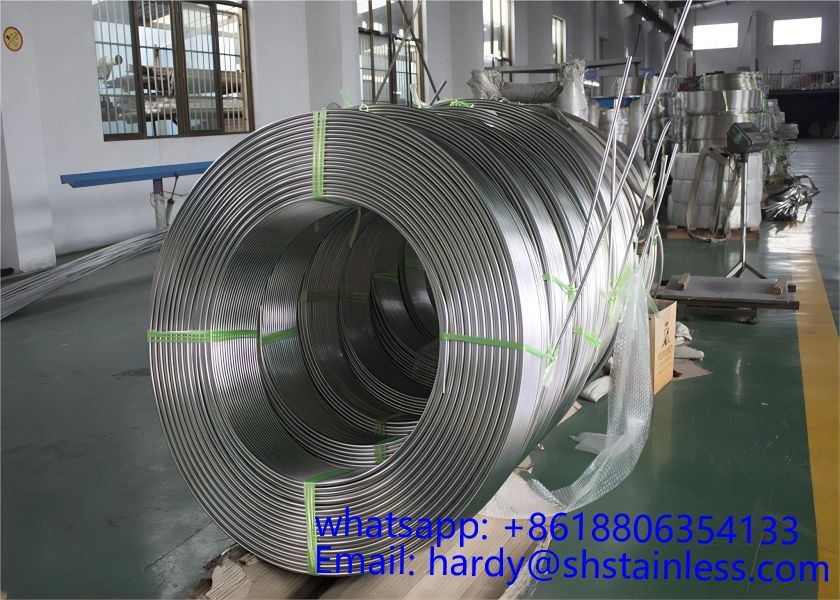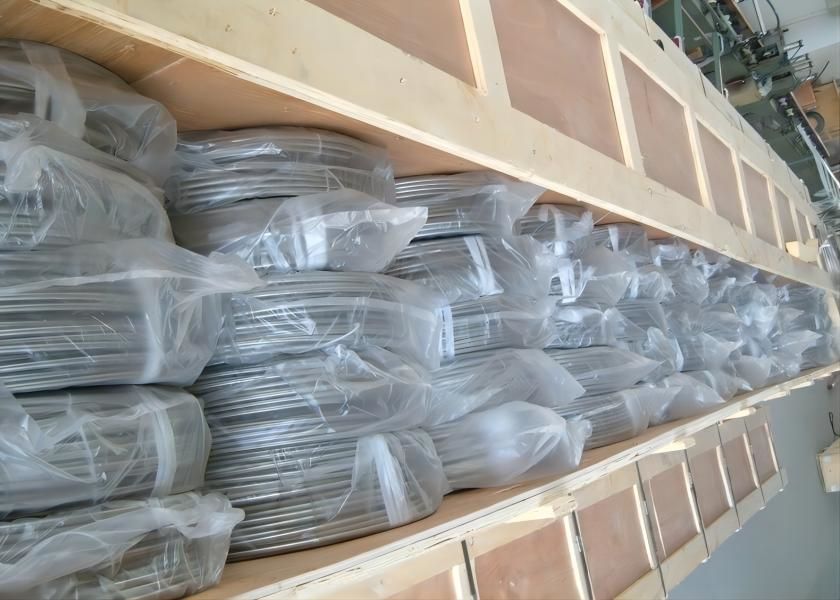Super Alloy Hastelloy(r) C22(r) (UNS N06022) 6.0*1.0 mm coiled tubing
Introduction
Super Alloy Hastelloy(r) C22(r) (UNS N06022) 6.0*1.0 mm coiled tubing
Super alloys contain a number of elements in a variety of combinations to achieve the desired result. They have good creep and oxidation resistance. They are available in different shapes, and can be used at very high temperatures and mechanical stress, and also where high surface stability is required. Cobalt-based, nickel-based, and iron-based alloys are three types of super alloys. All of these can be used at temperatures above 540°C (1000°F).
Hastelloy(r) C22(r) is a nickel-chromium-molybdenum alloy. It has high resistance corrosion and metallurgical stability. It is not sensitized during heating or welding. The following datasheet gives more details about Hastelloy(r) C22(r).
Chemical Composition
Super Alloy Hastelloy(r) C22(r) (UNS N06022) 6.0*1.0 mm coiled tubing
The following table shows the chemical composition of Hastelloy(r) C22(r).
| Element | Content (%) |
|---|---|
| Chromium, Cr | 20-22.5 |
| Molybdenum, Mo | 12.5-14.5 |
| Tungsten, W | 2.5-3.5 |
| Cobalt, Co | 2.5 min |
| Iron, Fe | 2-6 |
| Manganese. Mn | 0.5 max |
| Vanadium, V | 0.35 min |
| Silicon, Si | 0.08 max |
| Phosphorus, P | 0.02 max |
| Sulfur, S | 0.02 max |
| Carbon, C | 0.015 max |
| Nickel, Ni | Remainder |
Physical Properties
Super Alloy Hastelloy(r) C22(r) (UNS N06022) 6.0*1.0 mm coiled tubing
The physical properties of Hastelloy(r) C22(r) are outlined in the following table.
| Properties | Metric | Imperial |
|---|---|---|
| Density | 8.69 g/cm³ | 0.314 lb/in³ |
| Melting point | 1399°C | 2550°F |
Mechanical Properties
The mechanical properties of Hastelloy(r) C22(r) are displayed in the following table.
| Properties | Metric | Imperial |
|---|---|---|
| Elastic modulus | 206 MPa | 29878 psi |
Thermal Properties
The thermal properties of Hastelloy(r)C22(r) are given in the following table.
| Properties | Metric | Imperial |
|---|---|---|
| Thermal conductivity (at 100°C/212°F) | 11.1 W/mK | 6.4 BTU in/hr.ft².°F |










